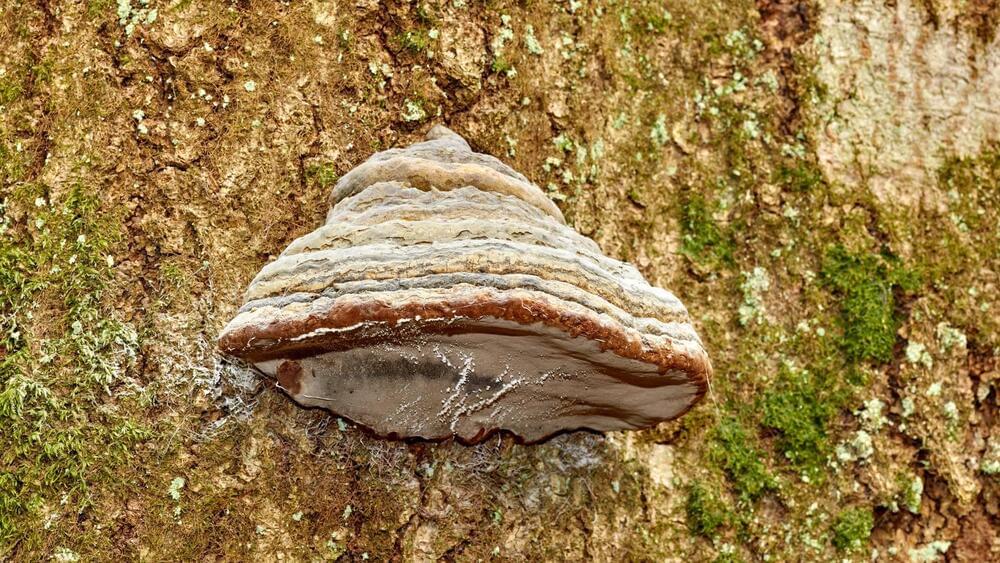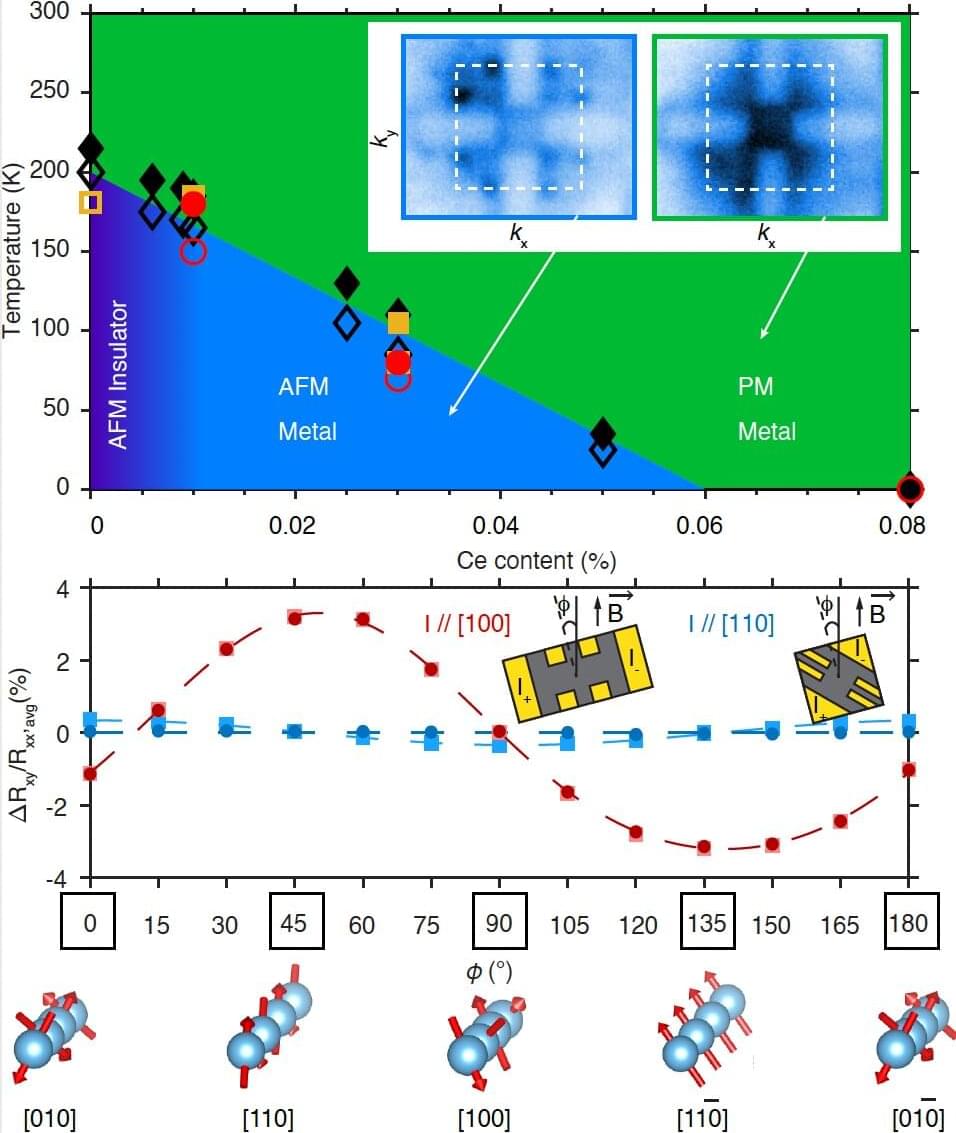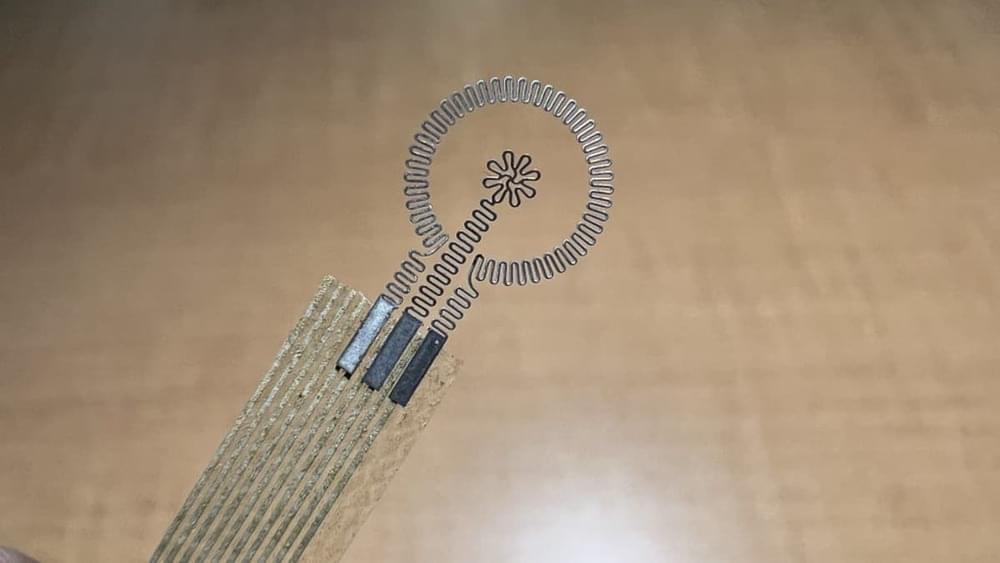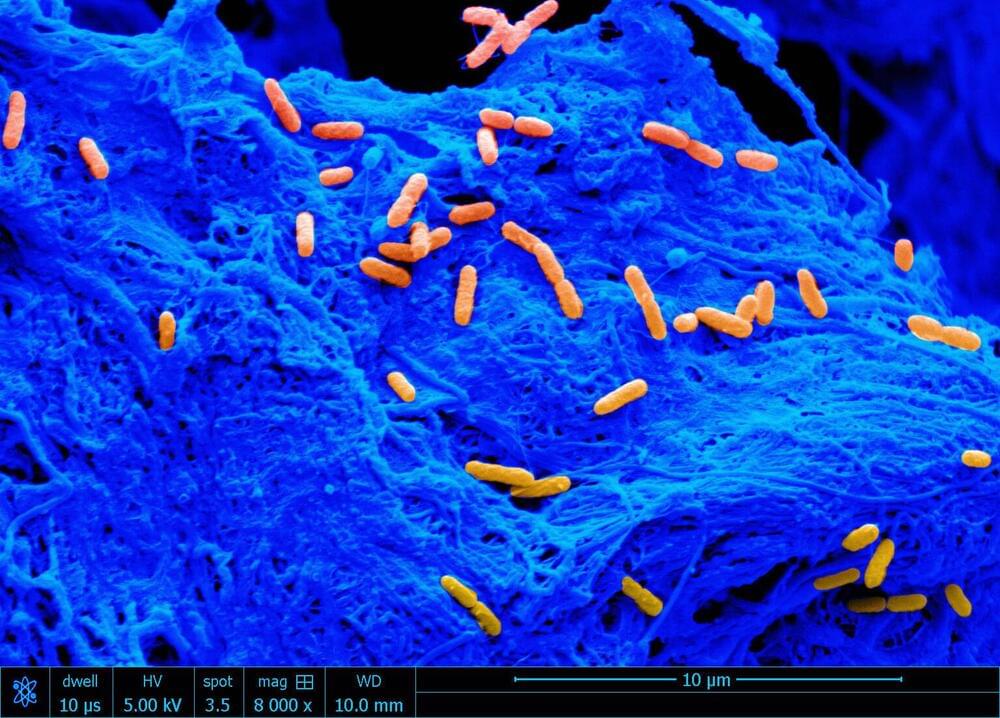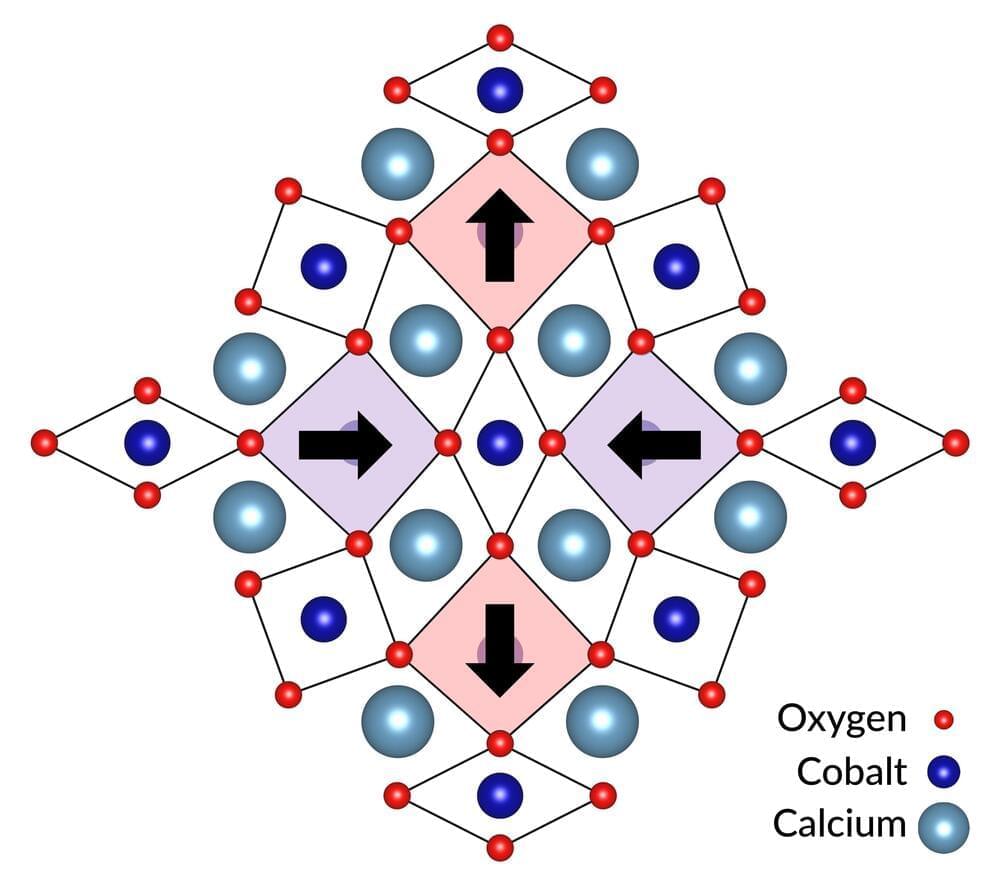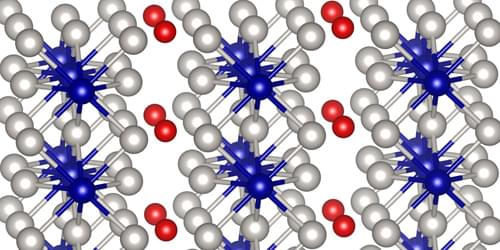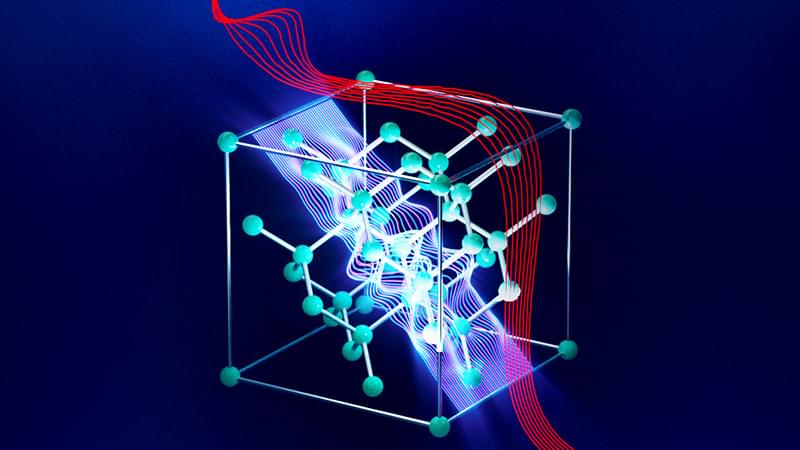The fungus has been traditionally used as a fire starter.
A fungus called tinder fungus that grows on the bark of rotting beech and birch trees has been used as a fire starter for a long time, but it may just have a new use: the creation of plastics.
Researchers at the VTT Technical Research Centre of Finland proceeded to analyze the internal structure of the fungus, formally called Fomes fomentarius, to understand its strong yet lightweight consistency.
Dhoxax/iStock.
Humans have used the material to feed fires for centuries. But it recently piqued the interest of the scientific community as a replacement for certain plastics, according to a study published in the journal Science Advances on Wednesday.
